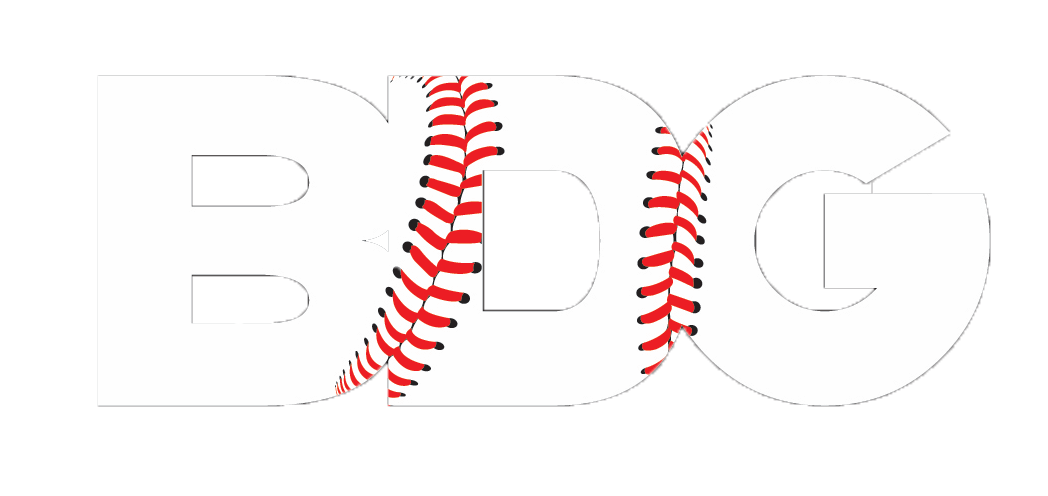Baseball Research Review #2 – Should We Really Coach “Active” Pronation?
In this edition of the Baseball Research Review, we look at a relatively new study published in the April 2016 edition of Sports Biomechanics which casts doubt on the efficacy of a common mechanical teach in pitchers: “active” pronation. Let’s dive in!
Study: Radio-ulnar joint supinates around ball release during baseball fastball pitching
Authors: Matsuo, T., Jinji, T., Hirayama, D., Nasu, D., Ozaki, H
Background:
Forearm pronation was first proposed nearly two decades ago by Dr. Mike Marshall as a means to improve velocity and prevent throwing injury. Many pitching coaches were quick to adopt Dr. Marshall’s “theory of pronation”, and began looking for innovative ways to teach pronation to their pitchers. The obsession over forearm pronation is perhaps not as pervasive today as it was 5 years ago, but “active” or “forced” pronation it is still promoted and taught rather ubiquitously in the world of pitching instruction.
However, as Paul Nyman has previously stated, forearm pronation is a naturally-occurring biomechanical phenomenon in the pitching motion; a consequence of the “unwinding” of the arm between maximal external rotation of the shoulder and the instant of ball release. Said differently, pronation occurs naturally if one knows how to throw a baseball effectively — it is not an active process, it is not something the pitcher needs to consciously “feel”, and it does not need to be directly taught!
Now, a new study from Matsuo et al. provides compelling evidence that the forearm (i.e., the radio-ulnar joint) may actually supinate (relatively speaking; more on this later) around the instant of ball release, casting some doubt on the idea that “active” or “forced” pronation may be a desirable biomechanical trait in the pitching delivery.
Methods:
In the study, the researchers recorded 20 healthy male semi-professional pitchers throw two sets of 15 fastballs with 15 minutes rest in between sets. The pitchers were instructed to throw each fastball “with as much ball velocity and accuracy as possible”, and the fastest three pitches were selected for 3D kinematic and kinetic analysis. The average fastball velocity in this study was about 85 miles per hour, so, while these were certainly above average pitchers, it’s important to note that they did not possess what we would call “elite” velocity.
Results:
The results of the kinematic analysis demonstrated that the forearm pronated quickly pronated just before the instant of maximal shoulder external rotation, and remained pronated until just before ball release. However, about 5 milliseconds before the instant of ball release, the forearm underwent a rapid supination phase, which terminated approximately 5 milliseconds after the ball was released.
As you can see in the figure below, the forearm undergoes a short, but clear supination* phase from just before the instant of ball release to just after the instant of ball release, followed by drastic pronation.
*It’s important to note the difference between forearm supinatION and supinatED. Here, the forearm is never truly supinatED, anatomically speaking. It experiences a brief period of supination, but is, technically, pronated throughout the entire acceleration phase. (H/t to Dr. Mike Sonne for pointing that out to us! Speaking of which, if you haven’t already, go follow him on Twitter — sure, he might be from Hamilton, but he’s got a PhD in biomechanics, and puts out some really great baseball content!)
Our Take:
Perhaps the most interesting takeaway from this study is that forearm supination/pronation may adjust the position of the wrist to account for subtle pitch-to-pitch variability in shoulder kinematics, and, thus, may contribute positively to throwing accuracy. As the authors state:
“[…] the supination phase might occur mainly to meet the needs of the task requirement to throw at a designated target with maximum ball speed.”
As such, it could be hypothesized that, “active” or “forced” pronation may actually disrupt the automatic control processes which govern late corrections to the position of the wrist and fingers that allow for optimal pitch execution. For those of you who are familiar with her work, this conclusion fits well with Dr. Gabriele Wulf’s constrained-action hypothesis, which proposes that when athletes focus on their movements (i.e., an internal focus of attention; e.g., “pronate my forearm”, “turn my thumb down”, etc.) they may actually constrain or interfere with automatic control processes that would normally regulate the movement, whereas when they focus on the movement effect (i.e., an external focus of attention; e.g., “throw this fastball through my catcher’s left knee”) allows the motor system to more naturally self-organize. (We have discussed the implications of an internal vs. external focus of attention for pitching performance here.)
Is it time to throw away the pronation drills? Perhaps. At the very least, I think we should re-evaluate why they work, if they work at all!
If you like what you’ve read, and you’d like to receive updates about future instalments of the Baseball Performance Research Review, be sure to sign up for our newsletter using the form below.

This logically make sense if you think about it and if you say that the forearm in the cocking phase is pronated then it would follow that the forearm would have to supinate for your hand/fingers to realign towards the target. An over exaggerated example would be throwing a football. The forearm is clearly pronated in the cocking phase and then rapidly supinates into external rotation and after ball release then pronates again.